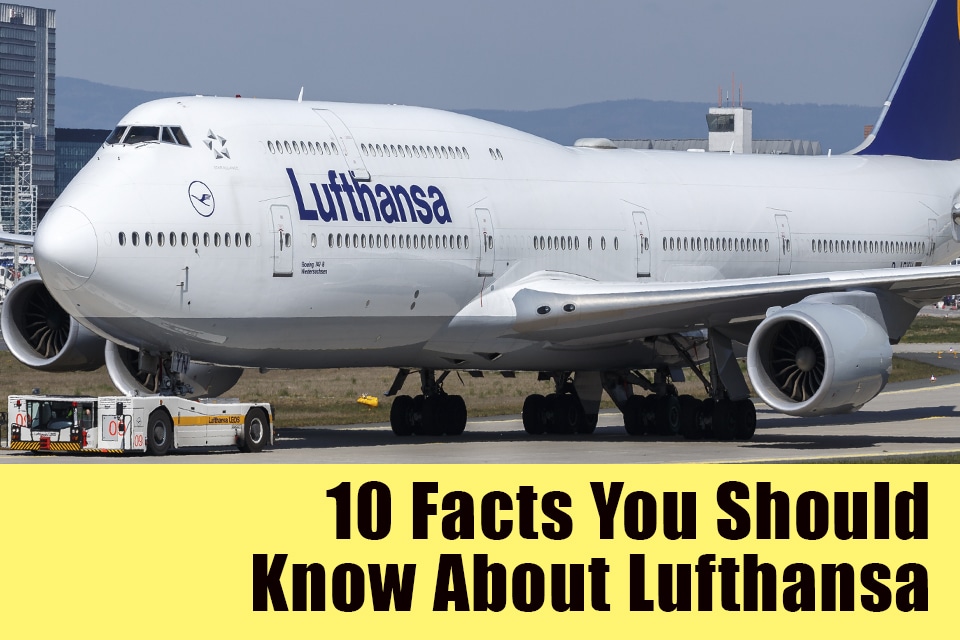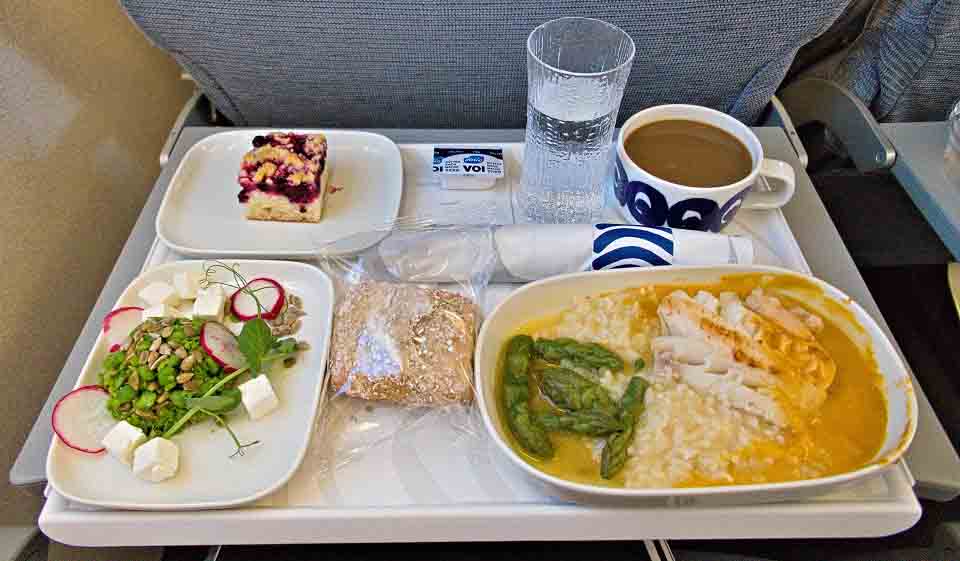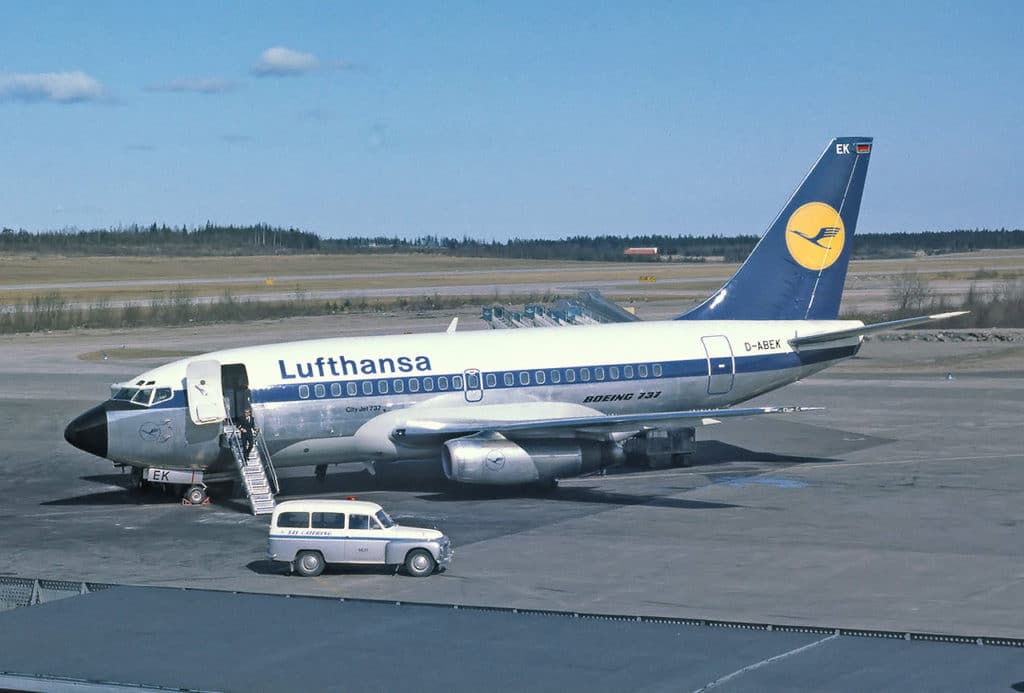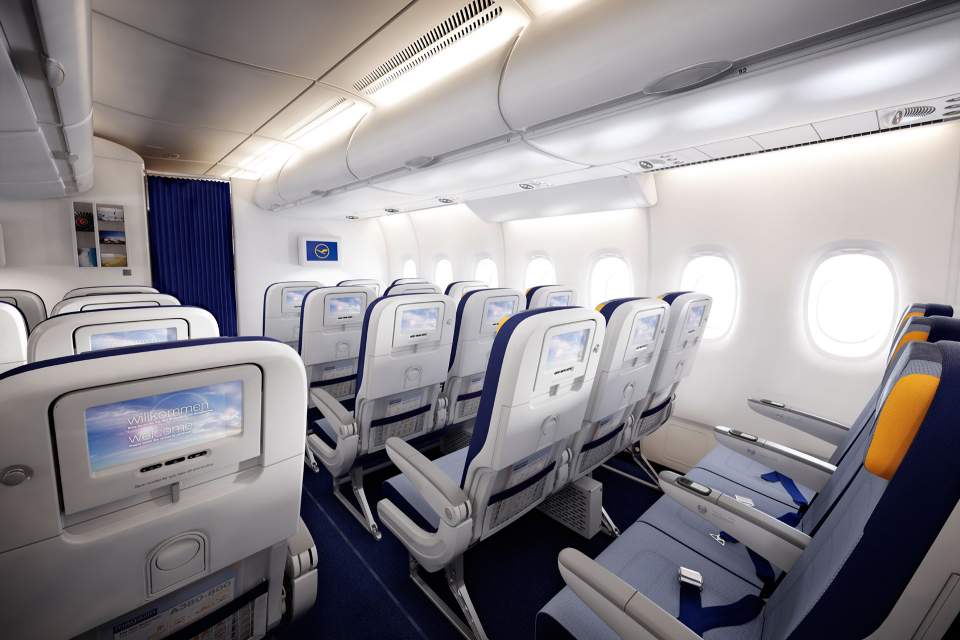Aviation
10 Facts You Should Know About Lufthansa

10 Facts You Should Know About Lufthansa
1. Lufthansa is the largest airline in Europe:
Lufthansa Group with its subsidiaries Lufthansa, Swiss International Airlines, Austrian Airlines, Brussels Airlines, Euro wings, Lufthansa Cargo, is the largest airline in Europe. The combined amount of the impressive fleet of 757 aircraft together, 360 of them belongs to Lufthansa alone.
2. Lufthansa is the Biggest Operator of Boeing 747-8
Most airlines prefer and switched to Airbus A380 to accommodate more passengers. Boeing 747s are becoming less in operation. With in-service Lufthansa operates 19, following with Korean Air operates 17. The Jumbo Jet has been around for many years and was a favorite of many airlines and it is called as “Queen of the skies”. 747 is the signature airplane of Lufthansa.
3. Lufthansa’s longest flight is over 15 Hours
Lufthansa’s longest flight to Falkland Island from Hamburg (Germany). The journey on the Airbus A350 is the longest scheduled flight and lasts for 15 hours and 36 minutes. The second Lufthansa’s longest flight to Buenos Aries takes off at Frankfurt took 13 hours and 55 minutes on the LH510.
Read More: Top 10 Long Haul Non-Stop Flights-2021
4. Lufthansa was the launch customer of the Boeing 737
The Boeing 737 series is still the best-selling commercial aircraft in the world. Over 10000+ airlines have been built since 1968. Lufthansa launched its first Boeing 737 in 1965, later launched twinjet in 1968, the airline flew its last flight of 737 in 2016.
5. Lufthansa is one of the Five Founding members of the Star Alliance
Star Alliance is one of the world’s largest global airline alliances. Founded on 14 May 1997 by United Airlines, Lufthansa, Air Canada, SAS group, and Thai Airways. Star Alliance’s 26 member airlines operate a fleet of approximately 5033 aircraft, serving 1300 airports in 195 countries.
6. The Hub of Lufthansa
Frankfurt International Airport is the primary hub of Lufthansa, Lufthansa CityLine and Lufthansa Cargo. Lufthansa serves 18 domestic destinations and 218 international destinations in 78 countries on 6 continents.
7. Lufthansa is the First to Offer In-flight Internet
In 2003, Connexion by Boeing was the very first in-flight internet provider with Lufthansa’s Boeing 747 flight. This groundbreaking news changed the airline traveling industry.
8. Lufthansa is the Largest Purchaser of Caviar in the World
Lufthansa purchase 10 tons of caviar which are approx 5% of the entire world’s caviar. Lufthansa takes very well of Business class and First class travelers. The onboard catering is provided by LSG Sky Chefs a is a subsidiary of itself and it is partners with more than 300 airlines worldwide across 214 airports in 51 countries, producing around 591 million meals a year.
9. Lufthansa brought home the World Cup Champions
On the 14th of July 2014, one day after Germany won the Football World Cup Final against Argentina the German Players were brought back to Berlin on a Lufthansa’s Boeing 747 flight. The plane was renamed as “Siegerflieger Fanhansa” meaning “Winners-plane” and Lufthansa was turned into “Fanhansa”. During the flight, Captain Uwe Strohdeicher request special permission to overfly above the 500,000 fans waiting to welcome their heroes back home, the flight flew just at an altitude of 700 meters in a no-flight zone. The flight received a live broadcast on TV for the millions of Germans
10. first European airlines to receive the Skytrax 5 Star Certification.
On 4 December 2017, Lufthansa became the first European airline to receive the Skytrax 5 Star Certification. Skytrax is the International air transport rating organization and research for commercial airlines. Skytrax conducts surveys from international travelers to rate cabin staff, airports, airlines, airline lounges, in-flight entertainment. Lufthansa is the 10th airline to be holding this award, In celebration, Lufthansa painted an Airbus A320 and a Boeing 747-8 in the “5 Starhansa” livery.

Aviation
Can Airline Seat Cushions Be Used As Life Jackets?

In the event of an aircraft ditching into water, there’s a common question: Can aircraft seats serve as an alternative to life jackets for flotation? The answer lies in understanding their respective functions.
While seat cushions can provide some buoyancy in water, they are not intended nor certified to function as life jackets. Their primary purpose is to offer cushioning for passengers during flight. On the other hand, life jackets are meticulously engineered to keep individuals afloat in water, equipped with buoyancy materials, secure straps, and reflective elements for visibility. They offer numerous advantages over mere cushions.
While a seat cushion might offer temporary assistance in staying afloat, it’s not a dependable substitute for a proper life jacket during an emergency. It’s crucial to utilize approved safety equipment when near bodies of water. A life jacket, designed to keep a person buoyant for extended periods, offers the rigidity needed for prolonged flotation and allows for easy movement of the arms to navigate effectively.
What fabric is used in aircraft seats?
Seats are meticulously designed to fulfill multiple purposes, ensuring passenger comfort, safety, and protection from unforeseen circumstances like fires and accidents. A typical design incorporates an aluminum frame with blocks of polyurethane foam affixed to it. Additionally, a layer of fire-resistant fabric, such as Kevlar or Nomex, is often applied over this framework, topped with a layer of cloth or leather.
Leather seats, while luxurious, are more expensive compared to traditional cloth seats. The majority of fabrics used in seat upholstery contain at least 90% wool fiber, with the remainder typically consisting of polyamide (nylon). Wool stands out as the primary fiber chosen for commercial airline seating fabric due to its desirable properties and suitability for such applications.
What is the lightest economy seat?
In recent times, airlines have been downsizing seat dimensions to accommodate more passengers, resulting in reduced cushion length and leg space. This contrasts with earlier times when airlines offered more generously cushioned seats and ample amenities.
According to Recaro Seats Company, their SL3710 model represents the lightest economy class seat available, weighing in at a mere 8 kg (17.6 lb.), setting a new standard in aircraft seating.
For individuals weighing more than 350 pounds, fitting into a standard economy-class seat can be a challenge due to the narrower dimensions. Economy seats, also referred to as “coach,” “standard,” or “main cabin” seats, typically range from about 40 to 48 centimeters in width, further emphasizing the need for more accommodating seating options.
Aviation
Does airline food have more salt? Here is the answer.

Whenever you fly with an airline, you often notice that the taste of the food is different from what you’re accustomed to on the ground. While passengers sometimes prioritize the food experience, have you ever wondered why airline food tends to be saltier? Let’s delve into this in the video.
Airline food has 15% more salt
One of the main challenges for chefs crafting meals served on airplanes is ensuring they are flavorful for passengers. To achieve this, chefs typically add more salt and seasoning, roughly 15% more salt is used, given that our taste buds are less sensitive by about 30% when we’re airborne.
The Role of Sodium: Sodium is a key ingredient used to enhance flavor, especially in the air where our senses can be dulled. On average, airline meals contain over 800mg of sodium, exceeding 40% of the daily limit recommended by the World Health Organization.
Altitude Alters Perception
Flavors are perceived differently at higher altitudes due to the dry cabin air and low humidity levels, which can diminish our ability to taste and smell. To compensate, airline chefs amp up the salt and seasoning to elevate the food’s taste.
Airline’s food Preservation:
Airline meals are prepared in advance and stored, necessitating longer preservation times. Salt serves as a natural preservative, ensuring the food maintains its quality and safety during storage and transportation.
However, excessive salt intake can pose health risks such as high blood pressure and dehydration, particularly problematic during air travel. Therefore, it’s crucial for airlines to strike a balance between flavor enhancement and maintaining a healthy sodium level in their meals.
An Indian content creator and food analyst discovered that the Indian-based carrier, IndiGo Airlines, incorporates higher levels of salt into its meals compared to standard food practices. According to him, “Many of us are aware that Maggi is high in sodium! What most don’t realize is that IndiGo’s Magic Upma contains 50% more sodium than Maggi, IndiGo’s Poha boasts approximately 83% more sodium than Maggi, and even Daal Chawal matches Maggi’s sodium content.”
Airlines
Why Don’t Airplanes Fly Over the Pacific Ocean?

Flights do indeed fly over the Pacific Ocean, but the routes they take are often determined by factors such as airline policies, air traffic control decisions, and weather conditions. The Pacific Ocean is one of the largest bodies of water on Earth, and it’s regularly crossed by numerous flights traveling between North America, Asia, Australia, and other destinations.
However, some specific routes might avoid flying directly over certain parts of the Pacific Ocean for various reasons. For example:
- Safety and emergency considerations: While modern aircraft are equipped with advanced safety features, airlines, and pilots may prefer routes that keep them closer to potential diversion airports or within range of search and rescue facilities in case of emergencies.
- Air traffic control restrictions: Airspace management authorities may impose certain restrictions or preferred routes for managing air traffic efficiently. These restrictions could be based on factors such as military operations, airspace congestion, or diplomatic considerations.
- Weather conditions: Pilots and airlines consider weather patterns when planning routes. While the Pacific Ocean generally experiences fewer weather-related disruptions compared to other regions, factors like turbulence, thunderstorms, or tropical cyclones can influence route selection.
- Managing Cost Factors: In route planning, airlines have to take fuel prices, maintenance costs, crew charges, and other operating costs into account. Direct routes over the Pacific Ocean may be more cost-effective for shorter distances, but they may also necessitate extra safety precautions, including carrying more fuel for longer overwater operations.
- Remote Locations and Navigational Challenges: The Pacific Ocean’s vastness poses navigational issues, particularly for aircraft operating over isolated regions with few ground-based navigational aids. For precise positioning and route direction, pilots must mostly rely on satellite-based technology and onboard navigation systems, which may necessitate additional training and equipment purchases.
- Lack of Suitable Landing Options in the Pacific Ocean: Unlike regions with dense air traffic and numerous airports, the Pacific Ocean has vast stretches of open water with few suitable landing options in case of emergencies. While long-range aircraft are equipped with safety features like life rafts and emergency locator transmitters, the lack of nearby airports can increase the time it takes for rescue and recovery operations to reach distressed aircraft, posing additional risks to passengers and crew. Therefore, flight routes may be planned to ensure proximity to potential diversion airports or alternate landing sites in case of unforeseen circumstances.






























